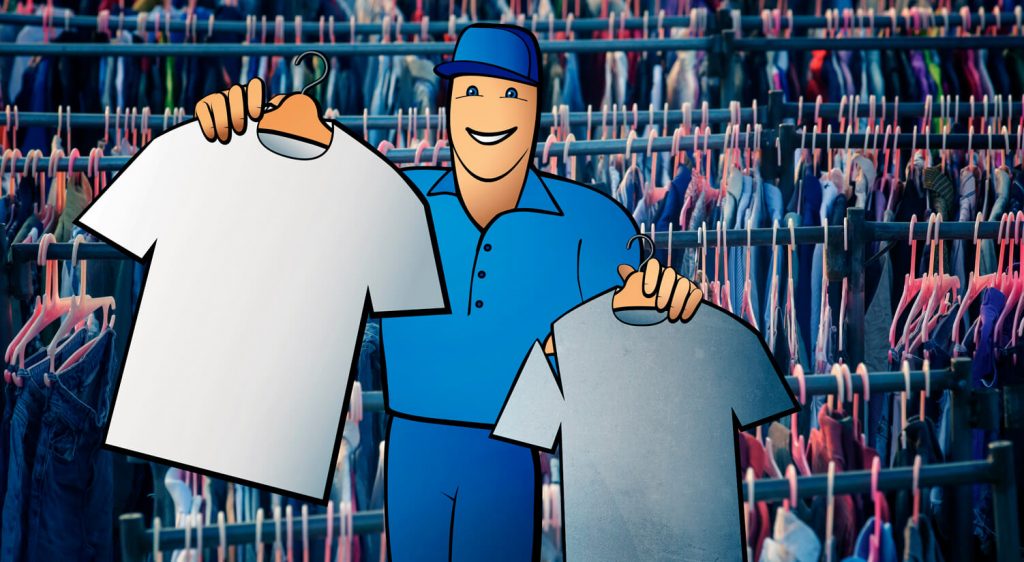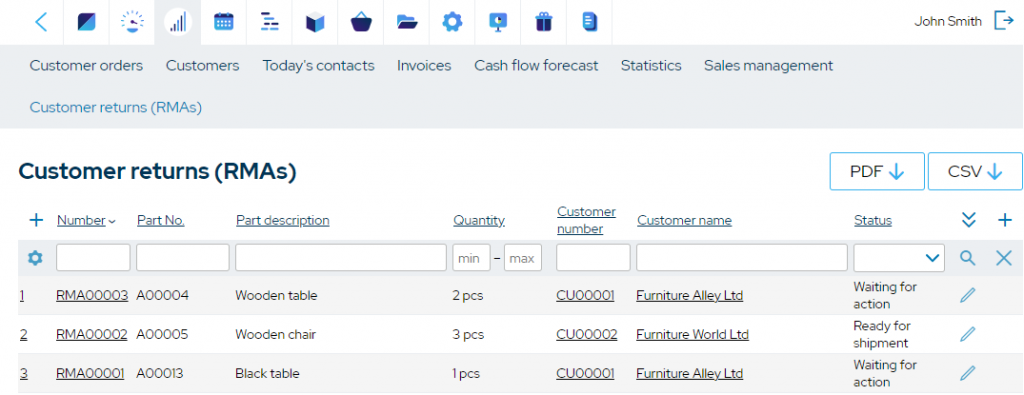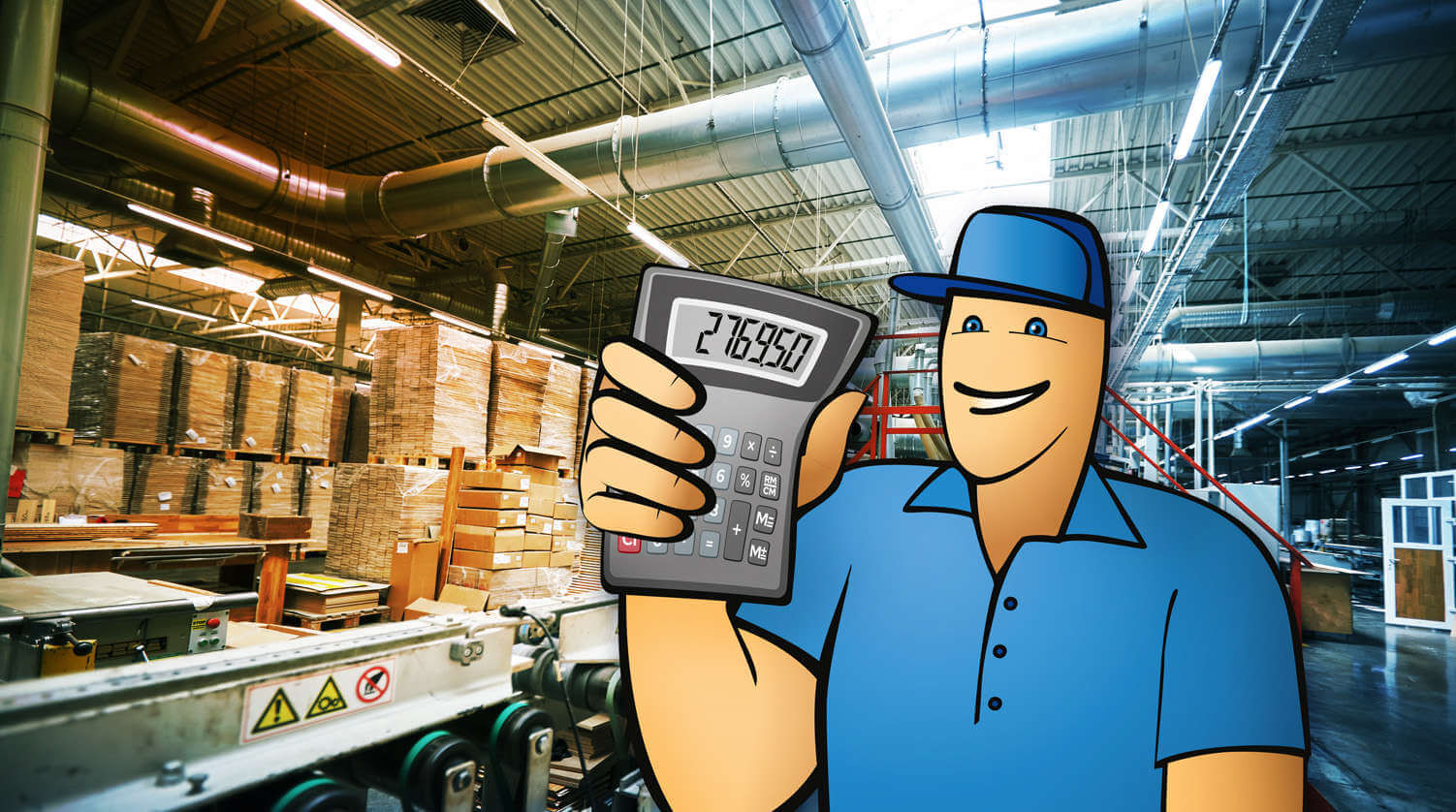Return Merchandise Authorization (RMA) – Managing Product Returns
Return Merchandise Authorization or RMA is a systemic approach to handling product returns. It allows for better tracking, makes the processes quicker, and could thereby improve customer satisfaction.

You can also listen to this article:
What is Return Merchandise Authorization (RMA)?
Handling product returns is a part of many manufacturers’ day-to-day activity. For example, customers might want to return goods that are faulty or broken, do not match the description or their expectations, that have been sent to them by error (e.g. wrong product or size), or that are not needed (e.g. if someone got the same product twice).
Return Merchandise Authorization or RMA is a returns management mechanism that manufacturers and vendors use in order to track return requests, expedite the return processes, and to diagnose and solve problems with products before compensating them to the customer. It is also an important factor in detecting return fraud.
The information gathered within a Return Merchandize Authorization system allows companies to compile statistics and use them to see return-related trends, to improve the quality of their products, to avoid inaccuracies in order fulfillment, and to prevent further returns. Professionally handling product returns also has a direct impact on a company’s customer satisfaction.
Learn also about the Cost of Quality.
How does Return Merchandise Authorization (RMA) work?
It all starts with phrasing a clear return policy detailing the situations where customers can put in requests for product returns, as well as the process of doing it. After that, Return Merchandise Authorization is basically backward logistics. Instead of getting a customer order and fulfilling it according to the requirements, a company receives a return request and gets the product back. Then they need to make sure what was wrong with the product and what kind of action the return requires. These are the general steps you must take when processing a return:
Step 1 – When a customer puts in a request for a return, a new RMA order needs to be created that would allow you to track any action taken regarding the specific return.
Step 2 – When the items are received, they should go through inspection that would make sure what was wrong with the product or the order.
Step 3 – When the results of the inspection are in, action should be taken accordingly. If the item should be repaired, a new service order should be created; if it should be replaced, a new item should be booked from stock; if it should be refunded, a credit invoice should be created; etc.
If a company has no clear processes defined and no special software to manage product returns, it can lead to many issues. Mainly, if there are many returns, some can fall through the cracks and get processed extremely slowly since there is no overview of the whole situation.
Once the product return is processed, the replaced goods will stay in the inventory and also need to be managed properly to avoid pileups. Possibly these could be resold, recycled, remanufactured, or taken into spare parts.
Learn also about How to Achieve Traceability in Manufacturing.
Return Merchandise Authorization (RMA) types
As mentioned above, there are many different ways a customer return could be solved within the RMA process.
1. Credit only – in this case, the company gives the customer a refund without them having to return the products. This is often done when the Return Merchandise Authorization process would turn out to be more expensive than the product itself.
2. Receipt and credit – the company has the customer return the products and give them a refund. This may occur when an item does not meet the customer’s expectations.
3. Receipt and no credit – the company receives the products without providing the customer with a refund. This could happen, for example, when a customer receives items they did not order (nor paid for) and returns them.
4. Receipt and replacement – the company receives the products and provides a replacement to the customer. This could occur when the customer has received a faulty item or when a wrong product was mistakenly shipped.
5. Replacement without receipt – the company provides a replacement product without receiving a return. This, again, could happen when the RMA process would be more expensive than the product.
6. Repair – the company receives the products, repairs them, and sends them back to the customer at no extra cost. This happens when the RMA inspection finds that the customer is not liable for the damage.
7. Repair and invoice – the company receives the products, repairs them, and sends them back to the customer along with an invoice for the service. This is done, for example, when the Return Merchandise Authorization inspection finds that the customer is liable for the damage done to the product and the customer chooses the item to be repaired for a fee.
8. Reject and ship back – the company rejects the return based on the RMA inspection and ships the products back to the customer. This is done, for example, when the customer is deemed liable for the damage and chooses to get the item back.
9. Reject entirely – sometimes, fraudsters try to con businesses into giving them a refund without actually returning an item. A company might get a parcel tracking number from the customer and, seeing that the product is on its way back, refund it. When the package gets back, however, you might find that it is empty or filled with potatoes, instead. This is why every company needs to set up concrete RMA processes – to be safe from this kind of explicit return fraud.
Using Return Merchandise Authorization (RMA) software
Although you can find dedicated Return Merchandise Authorization software out there, it is advisable to use inventory management software with an integrated RMA module. This allows you to seamlessly manage all of the sides of the Return Merchandise Authorization process while also handling the inventory part of it along with all of the other aspects of running a manufacturing or a distributing business.
It keeps track of the return from the initial request and issuing of an RMA number through inspection and the solution. It helps with creating service orders, booking replacement goods, tracking inventory of returned items, and creating shipping documents and invoices for repairs or refunds, when necessary.
An ERP or MRP system with a built-in RMA module will provide you with an overview of your RMA requests and expedite the processes, thereby improving your customers’ overall return experience. And a good return service might even convince a dissatisfied customer to come back to you.

Key takeaways
- Return Merchandise Authorization is a returns management mechanism that companies use to track return requests, expedite the returns processes, and to diagnose and solve problems with products before they are compensated to the customer.
- After setting up a definite returns policy, a company can use the RMA process in order to organize the product’s way back to the company, perform inspections to deem what kind of action would be appropriate, and solve the issue in a clear and concise manner.
- A company can solve product returns in many ways: for example, by offering a refund, repairing the item, replacing it, or by rejecting the request.
- Use an RMA software or, better yet, an ERP with an integrated RMA module in order to seamlessly manage your product returns and return inventory.
You may also like: What Is D2C and How to Sell Direct-to-Consumer?




